Linovatin: features and application
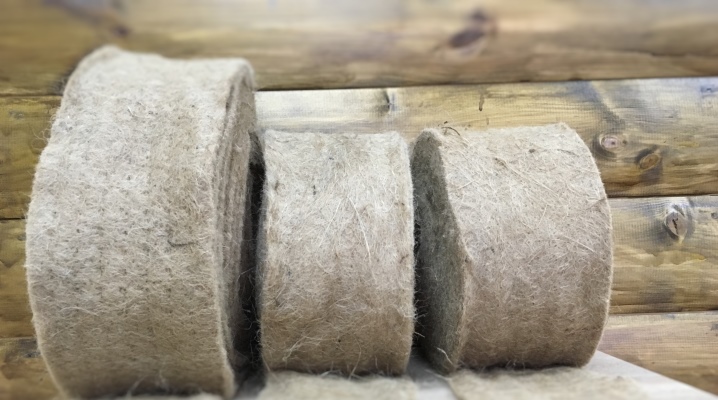
To insulate wooden houses, they used to use moss and cuckoo flax. Thanks to this, the dwelling had a warm, comfortable temperature for many years, and these materials also retained moisture. Such technologies have not been used for a long time.
Now, instead of moss, flax is used, which boasts the same properties.
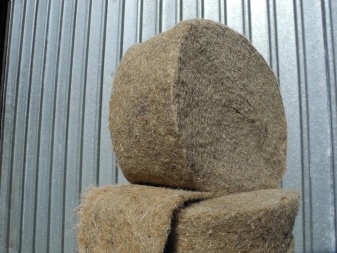
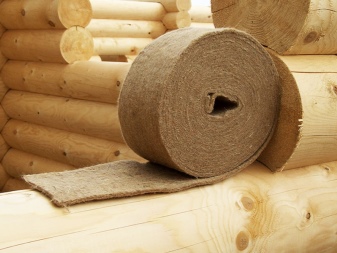
What it is?
Flax is a natural insulating material for wooden houses, which is made from environmentally friendly raw materials. It absorbs moisture well from the air, while condensation does not form. Consumers sometimes confuse it with linen felt and tow. Linen felt is a non-woven insulation, and tow is made from combed flax fiber. In contrast, linen is a needle-punched product.
For the manufacture of flax, manufacturers use flax. Long fibers of the plant are used for industrial purposes, and the remains - short fibers and strips, which are not used to create yarn, go to the loom, where they are used to make non-woven fabric - linen. It comes in several varieties. Distinguish:
- stitched;
- needle-punched.
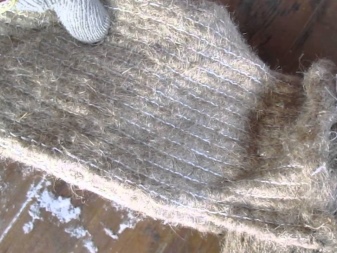
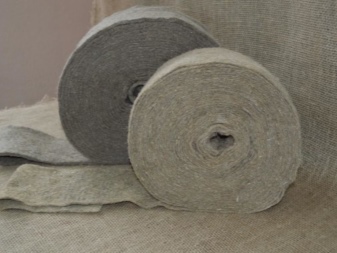
Production technology
The process consists of several stages.
- The fiber is freed from the remnants of the flax stem. Quality depends on it. It is necessary to clean the fibers as much as possible from the fire, which is the stem of the plant. This will give the linen batting a high quality.
- Then the raw material is sent to carding machines, where it is carefully combed and positioned in the longitudinal direction.
- Then it goes to the seal, where the canvas is created.
A stitching is obtained when linen goes to knitting and stitching units, where they stitch it with cotton threads with a zigzag seam. The created linen batting has a strength of 200 to 400 g / m2.
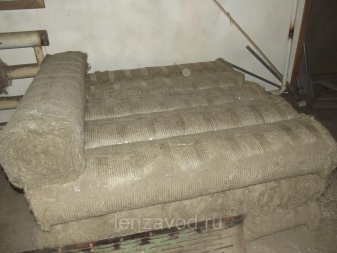
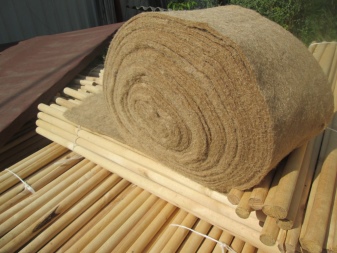
Needle-punched is done as follows. When the piercing hits the equipment, it is additionally pierced by needles that have barbs. Due to the frequent punctures of the needles of the upper and lower layers, the fibers become entangled and intertwined, becoming stronger and denser. This occurs across the entire width and length of the web. This material has a higher strength. The density is constantly monitored. If there was an underestimation of the indicator, then this is already considered a marriage.
It is produced in various forms: rolls, mats, plates. To create the plates, starch is additionally used as an adhesive. For use in baths, linen is additionally impregnated with fire-resistant compounds.
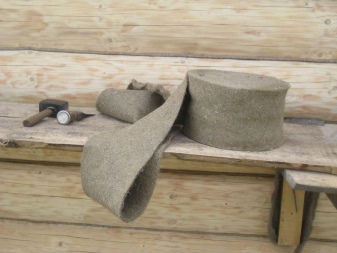
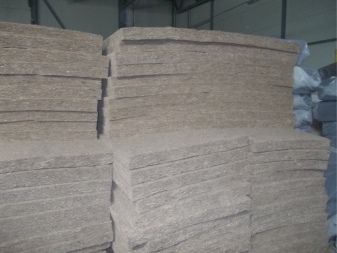
What is better than jute?
Linovatin has many advantages over jute. Its main difference is that it is not blown out, is able to retain heat and does not accumulate moisture, that is, it is less hygroscopic. Here are its positive qualities:
- environmental friendliness;
- hypoallergenic;
- ease of use;
- it is inseparable and therefore evenly distributed over the area of inter-crown joints;
- not electrified;
- softness and elasticity in it are more pronounced than in jute;
- absorbs moisture and dries quickly after getting wet;
- high thermal insulation properties;
- provides sound insulation;
- it is not necessary, after using it, to make additional vapor barrier at home with clapboard, panels;
- creates a good microclimate in the room, namely, regulates the degree of humidity, kills microorganisms;
- not brittle, does not crumble and does not create additional dust in the house;
- a mole does not start in it;
- birds do not take it apart to create nests;
- to work with it, you do not need to have special professional skills and any tools;
- has a low cost.
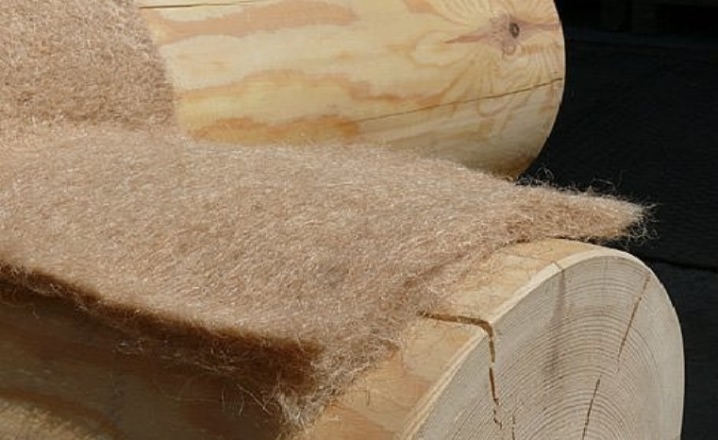
Where is it used?
It is used in the manufacture of furniture as an upholstery fabric. Linen is used to create a lining fabric for outerwear. In construction, it is used as a mezhventsovy heater for wooden houses and structures, such as attic, interfloor, inter-wall, attic. For insulation, needle-punched is used, because it does not have threads that can subsequently rot from dampness, and it also has a very high density. With its help, window frames and doorways are insulated.
Flax is produced in rolls. For thermal insulation of a house, it is enough to pick up a strip with the desired parameter, then lay it on the crown of the log and secure it securely. They can cover various joints, both across and along.
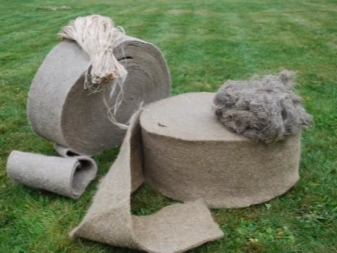
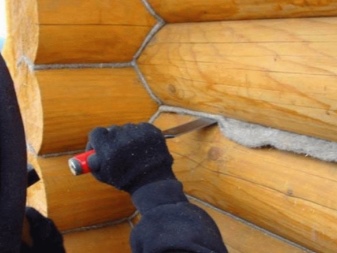
It is also used for decorative purposes. If in wooden houses in the future it is not planned to cover the walls of a log house, then after the process of finishing caulking the walls, a linen edging is applied.
Linovatin in construction makes it easier to install thermal insulation in a wooden house, and it also significantly saves time. After using the material, the room can be operated for a very long time, while the characteristics of the material do not deteriorate.














The comment was sent successfully.